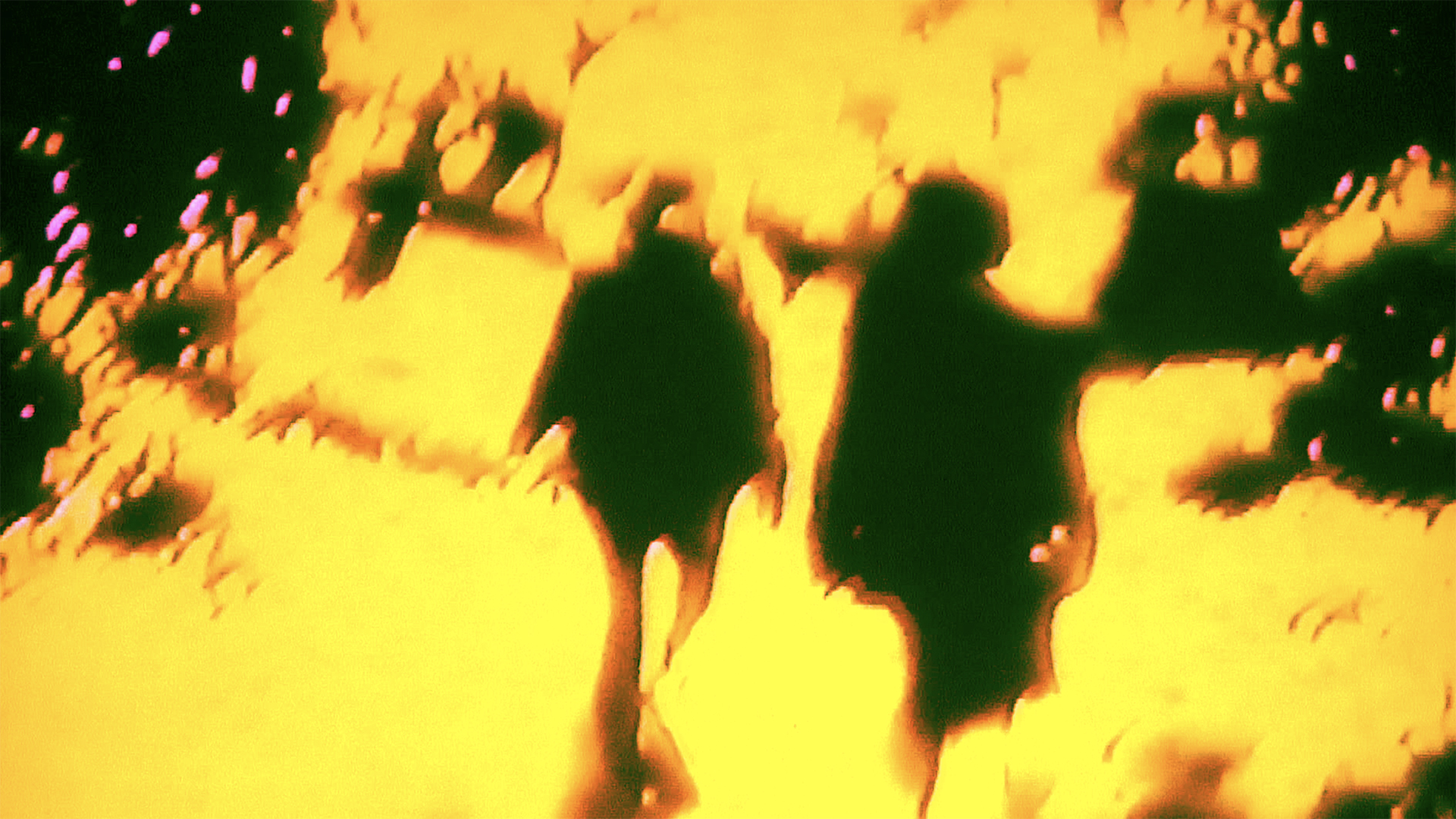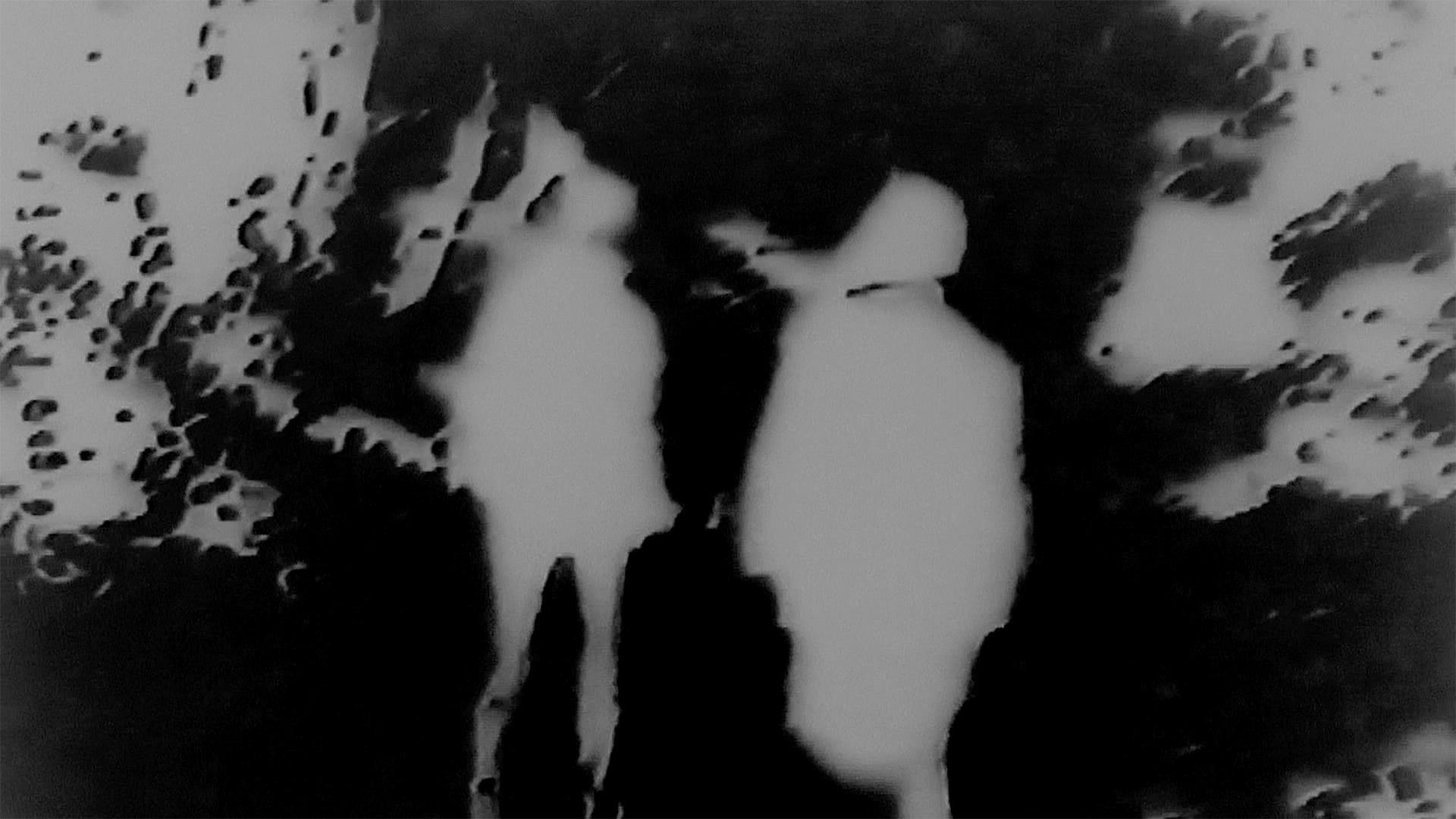
NOTES ON: WITCHES WALK
Since the beginning of our collaboration we have been interested in the possibilities of moving image as an art form, exploring the language of motion pictures in all its manifestations as art, cinema and beyond.
Our fascination with moving image is equalled by our interest in painting and we've dedicated a lot of time to considering the relationship between the two, exploring the similarities and differences and what one can lend to the other.
In many ways we have always wanted to bring something of painting into moving image, and this has meant different things at different moments. At times our concern was with creating an immediacy of expression, to make films with the same directness that a painter applies paint to a canvas (something we finally achieved in 2018 with our Studio Diary Series, each of its 100 films was conceived, shot and edited within a single day). At other times we've been more concerned with genre, looking at how moving image can tackle subjects such as stills lives, portraits and landscapes, and what it may offer that a painting can't and vice versa.
We've also explored the visual quality of the image itself – experimenting with ways to transform a recorded image into something more painterly. It is this concern that you can see an example of in the two films presented here.
Witches Walk (2012) and Witches Walk Monochrome (2016) use a process we developed of projecting and re-filming the footage with different cameras to break down the detail until it takes on a fluid quality which is reminiscent of watercolour or ink.
Even though both films were created from the same footage – a single uncut shot of two figures walking through a wood – the atmospheres of these works couldn't be more different. Witches Walk has a brightness, a meditative peace, like a pleasant daydream had while dozing on a summer’s afternoon. Whereas Witches Walk Monochrome has a darker, at times even sinister feeling about it, with moments where the sound and image disintegrate into disharmony and abstraction.
The landscape has always been there in our work, sometimes as subject and sometimes as setting. Here the wood through which we follow the two figures is the territory of fairytale and myth, a place where one may meet fawns, ghosts or witches – it is most certainly a place where one can get lost like a questing knight or Hansel and Gretel.
During this period we were really interested in making art as a spiritual practice, the subject matter and the form being tools for creating a space where we and the viewer may have an experience in which we can be lifted beyond the limits of our day-to-day consciousness. There was a ritualistic approach to how we were making and presenting the work, and it is in this spirit that we invite you to follow these steps to encounter the film:
- Headphones are
recommended to create an immersive experience
- Close the curtains
and turn off the lights
- Sit in a
comfortable chair
- Take a deep breath
and relax your shoulders
- Press play and
surrender to the sound and image – do not seek to understand,
simply follow the
movement and let yourself drift.
- Daniel & Clara, September 2021
